
How to Fix a Misaligned Derailleur and Bent Derailleur Hanger on Electric Bikes?
Fixing a misaligned derailleur or a bent derailleur hanger on your electric bike can seem daunting, but with the right guidance, it's a task you can handle yourself. This guide will walk you through the process step-by-step, ensuring your e-bike is back in perfect working order in no time.
Understanding the Problem
Before diving into the fix, it's essential to understand what a derailleur and derailleur hanger are. The derailleur is the mechanism responsible for moving the chain between gears, allowing for smooth shifting. A derailleur hanger is a small, replaceable part of the bike frame that connects the derailleur to the bike.
A misaligned derailleur can cause poor shifting performance, while a bent derailleur hanger can lead to even more severe issues, such as the derailleur pulling into the wheel spokes.
Identifying a Misaligned Derailleur
Symptoms of Misalignment
-
Difficulty shifting gears smoothly
-
Chain skipping or jumping gears
-
Unusual noises from the drivetrain
- Chain rubbing against the derailleur
Checking for Misalignment
To check if your derailleur is misaligned, follow these steps:
1. Inspect the Alignment: Stand behind your bike and look straight at the derailleur. The jockey wheels (small wheels on the derailleur) should line up perfectly with the cassette (gear cluster). If they don't, the derailleur is misaligned.
2. Shift Test: Shift through all the gears while pedaling the bike. Pay attention to any resistance or noise that indicates a problem.
Fixing a Misaligned Derailleur
Tools You'll Need
To fix a misaligned derailleur, you will need:
-
A set of Allen wrenches
-
A screwdriver
-
A bike stand (optional but helpful)
Step-by-Step Guide
1. Secure the Bike: Place your electric bike on a bike stand or turn it upside down, resting on the handlebars and seat.
2. Adjust the Limit Screws: Locate the limit screws on the derailleur. These screws prevent the chain from shifting off the cassette. Adjust them so that the derailleur's jockey wheels line up perfectly with the smallest and largest gears.
3. Align the Derailleur: Use the barrel adjuster (a small knob on the derailleur cable) to fine-tune the alignment. Turning it clockwise tightens the cable, while counterclockwise loosens it. Adjust until the chain moves smoothly between gears without noise.
4. Test the Shifting: Once adjusted, go through each gear to ensure smooth shifting without skipping or noise.
Identifying a Bent Derailleur Hanger
Symptoms of a Bent Hanger
A bent derailleur hanger can also cause shifting issues and needs to be addressed:
-
The derailleur looks twisted or out of alignment
-
Difficulty shifting into certain gears
-
The chain falls off the cassette
Checking for a Bent Hanger
1. Visual Inspection: Look at the derailleur hanger from behind the bike. It should be straight and parallel to the bike's frame.
2. Alignment Tool: Use a derailleur hanger alignment tool to check the alignment. This tool attaches to the hanger and allows you to see if it's bent.
Fixing a Bent Derailleur Hanger
Tools You'll Need
-
A derailleur hanger alignment tool
-
An adjustable wrench
-
Replacement hanger (if necessary)
Step-by-Step Guide
1. Remove the Derailleur: Use an Allen wrench to unscrew the derailleur from the hanger. Be careful not to let the derailleur hang by the cable, as this can cause damage.
2. Align the Hanger: Attach the alignment tool to the hanger and gently bend it back into position. Check the alignment from multiple angles to ensure it is straight.
3. Reattach the Derailleur: Once the hanger is straight, reattach the derailleur. Ensure that the limit screws are correctly adjusted as outlined previously.
4. Test Ride: Take your electric bike for a test ride to ensure the problem is resolved. Shift through all the gears, ensuring smooth transitions without noise.

FAQs
Misalignment can occur due to various factors such as impacts from accidents, collisions with obstacles, wear and tear over time, or improper installation of components. Additionally, frequent shifting under heavy loads can also contribute to derailleur misalignment.
A fixed derailleur hanger is directly integrated into the bike frame, making it less prone to bending but also harder to replace. An adjustable hanger allows for fine-tuning of the derailleur alignment but may be more susceptible to bends from impacts.




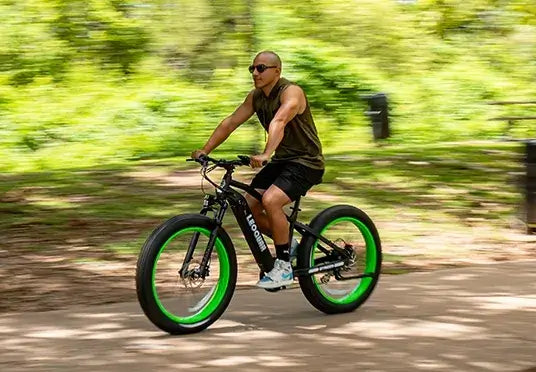
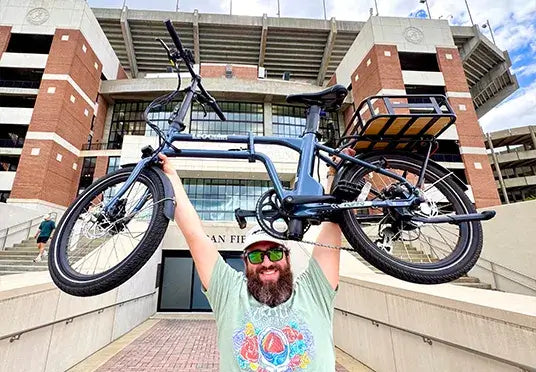


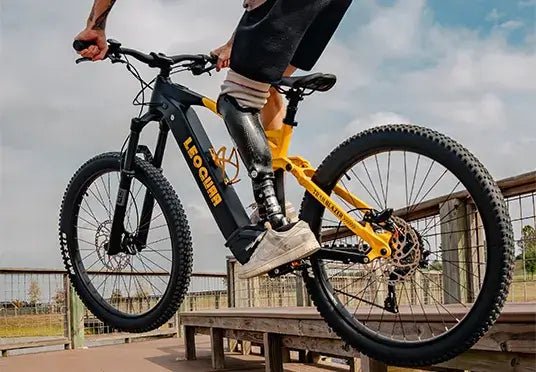

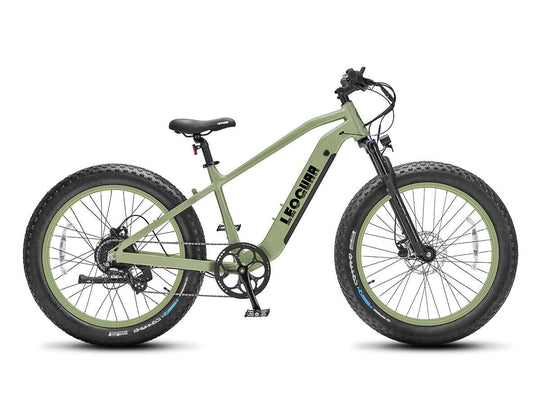
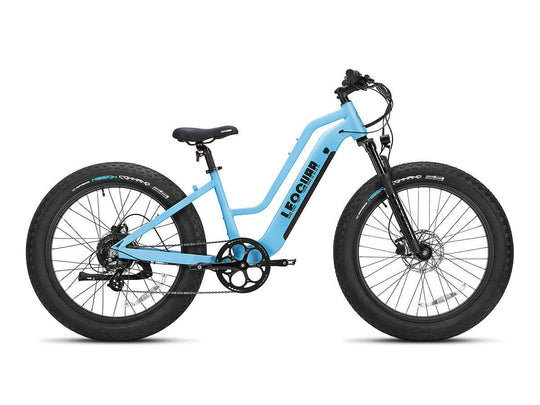
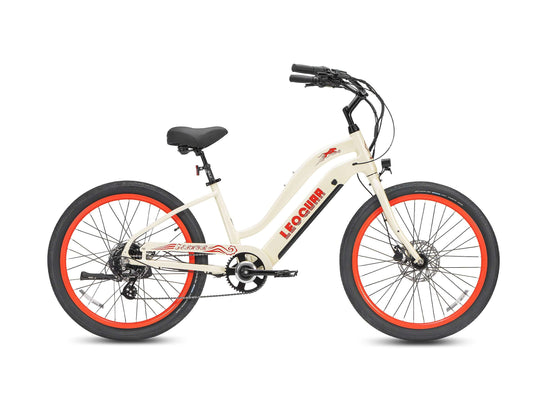
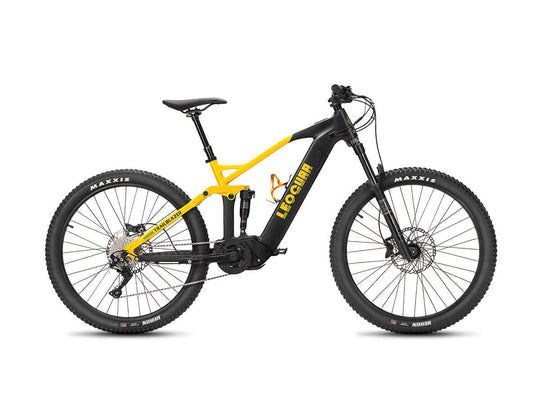

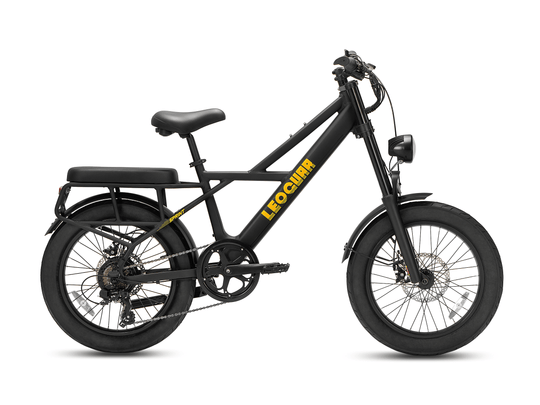
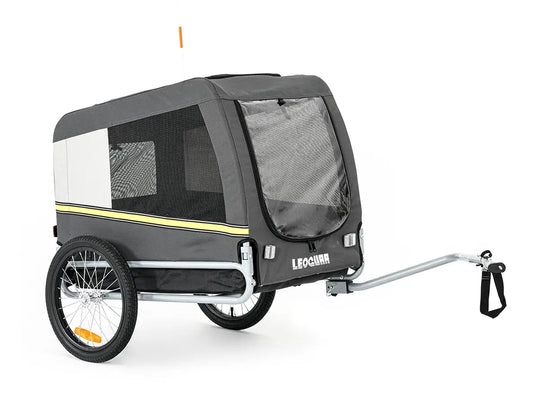
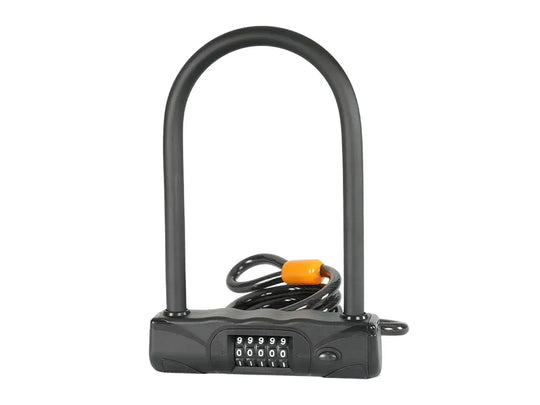

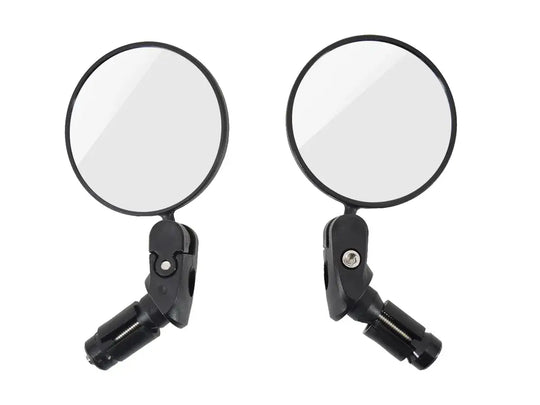
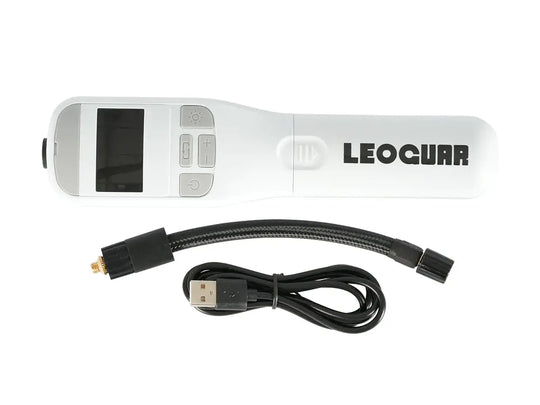
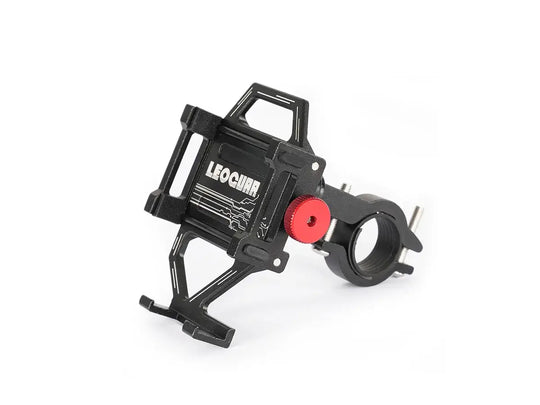
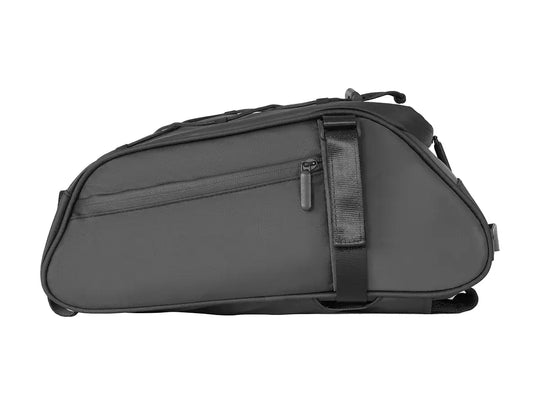
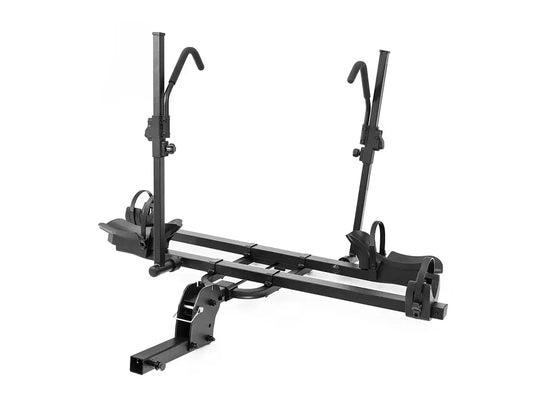
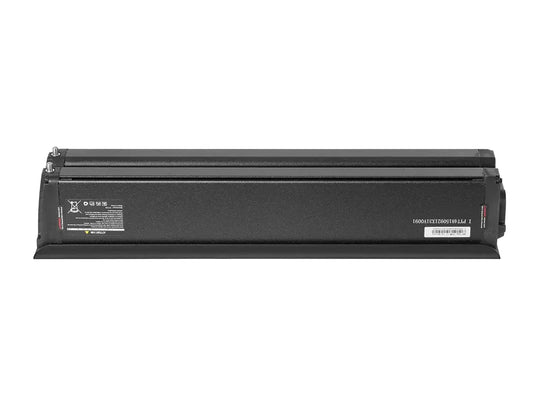

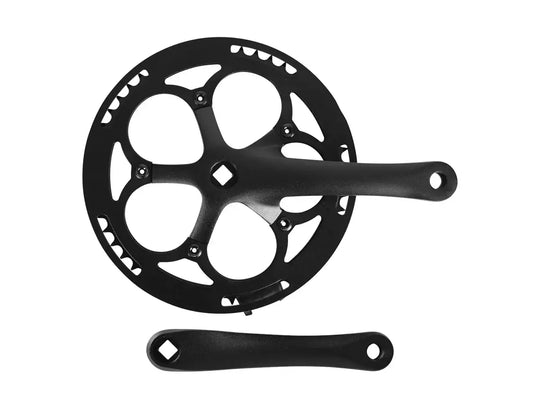
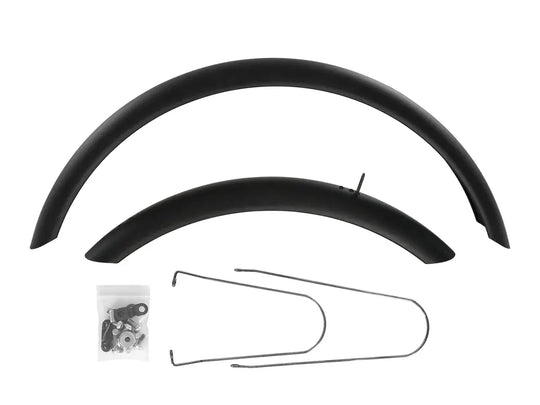
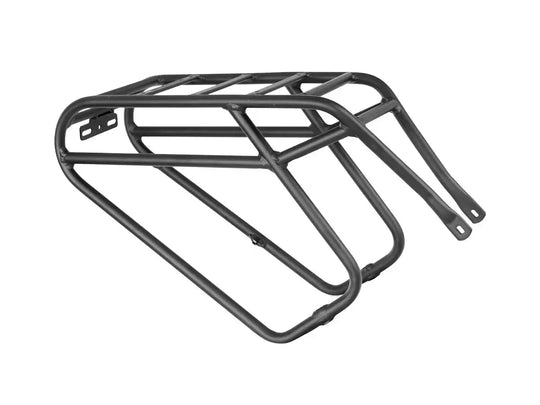
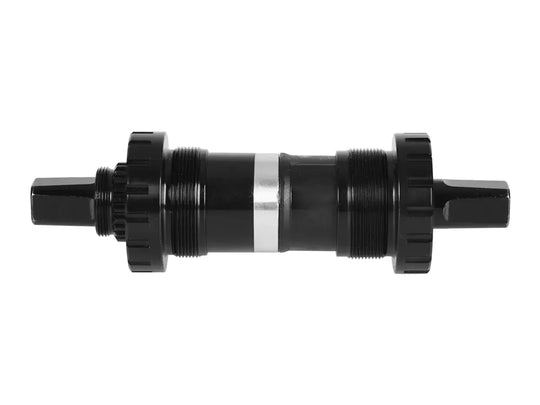
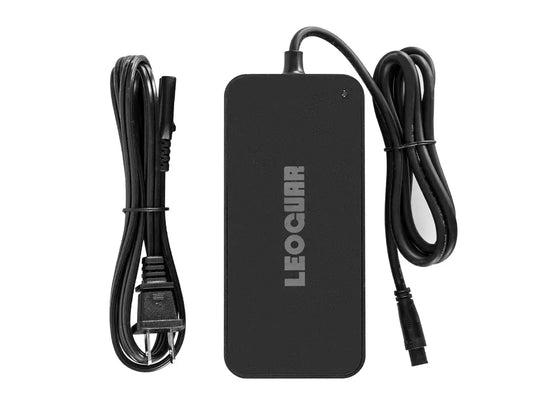
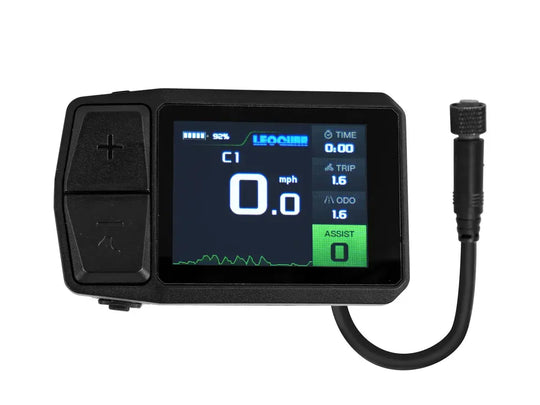
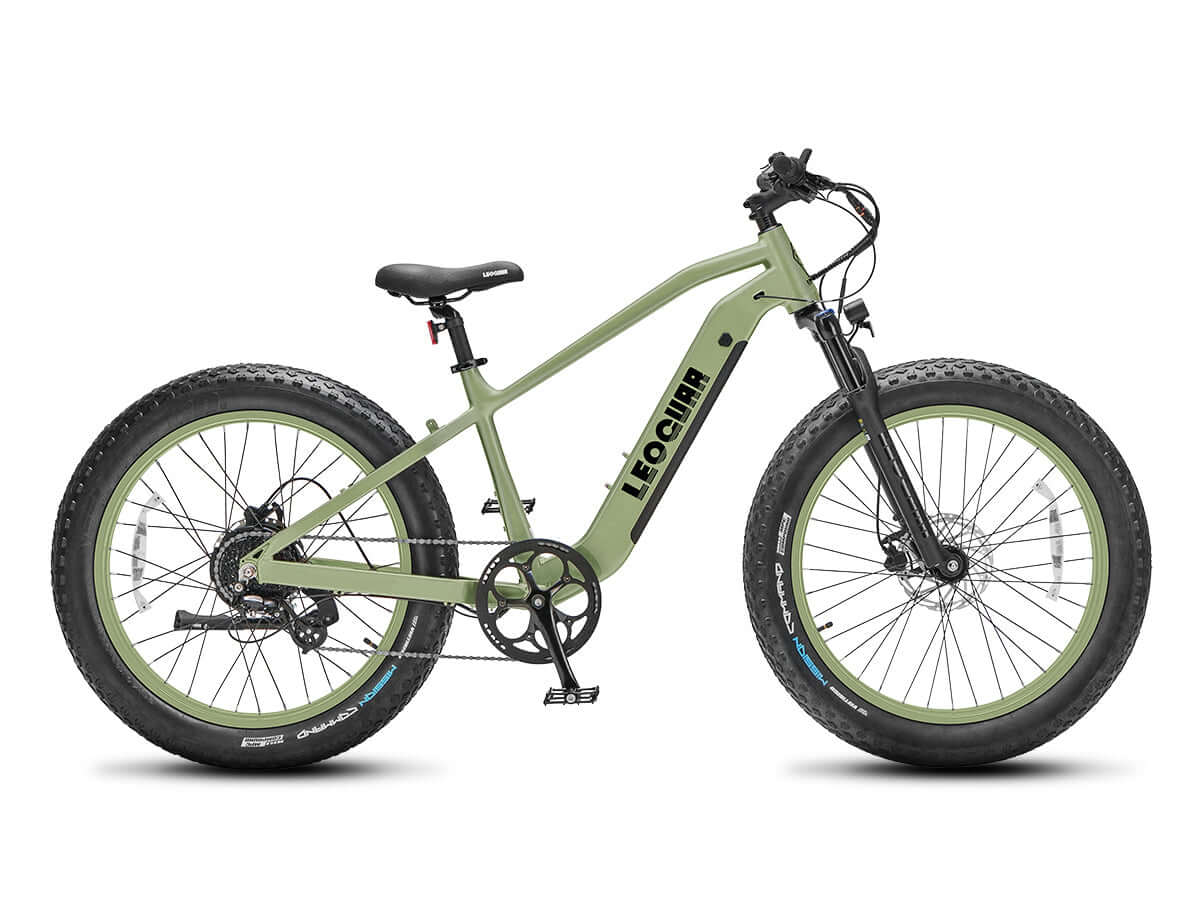







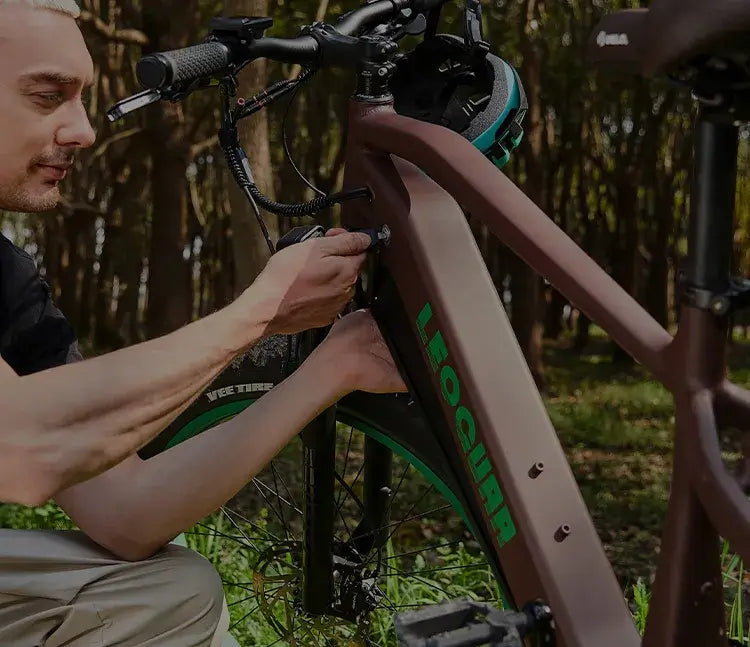
Leave a comment